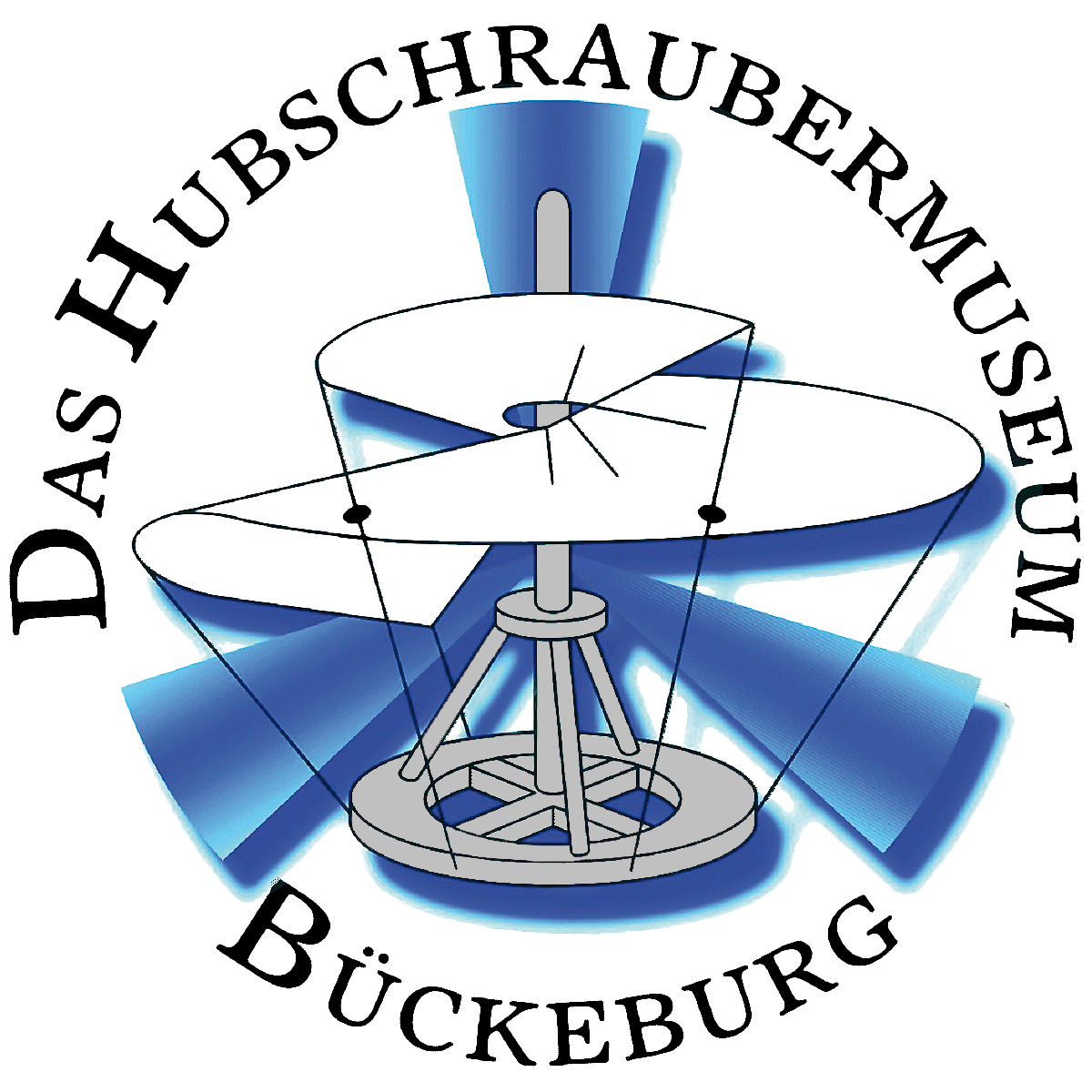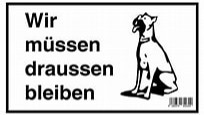Hiller UH-12C (H-23C RAVEN)-EN
Hiller UH-12C (H-23C RAVEN)
The Hiller OH-23 Raven was a three-place, light observation helicopter based on the Hiller Model 360. The Model 360 was designated by the company as the UH-12 (“UH” for United Helicopters ), which was first flown in 1948.
Stanley Hiller designed his first helicopter at the age of 15, and built and flew his first helicopter, the Hiller XH-44, when he was aged 19. With the help of shipping mogul Henry Kaiser , Hiller established the United Helicopters company in 1946. In 1947, United Helicopters developed the Model 360X, the prototype that would become the basis for the H-23. A year later, on 14 October 1948 the CAA issued a production certificate for the Model 360.
United Helicopters began producing the Model 360 as the UH-12. In 1949, the UH-12 became the first helicopter to make a transcontinental flight from California to New York. When Hiller upgraded the engine and the rotor blades, the company designated the new model the UH-12A. It was the UH-12A that would be adopted by both the French and United States militaries, as well as being used by civil commercial operators in several countries.
The H-23 Raven performed as a utility, observation, and MedEvac helicopter during the Korean War . Model numbers ranged A through D, F and G. The H-23A had a sloping front windshield. The H-23B was used as a primary helicopter trainer. Beginning with the UH-23C , all later models featured the “Goldfish bowl” canopy similar to the Bell 47 .
The Raven used Hiller’s “Rotor-Matic” cyclic control system, with two small servo rotor paddles offset 90 degrees to the main rotor blades. The paddles were attached to the control column, so that movement of the column would cause the pitch of the servo paddles to change, loading the main rotor blade so that the desired cyclic changes to the rotor occurred. The OH-23 had a top speed of 97 mph (84 knots). The Raven had a two-bladed main rotor, a metal two-bladed tail rotor. Both the OH-23B and the OH-23C were powered by one Franklin O-335 -5D engine.
The OH-23D was a purely military version with a 0-435-23C engine and a more reliable transmission. Most OH-23Ds were replaced by the OH-23G , the most common version of the Raven, with a more powerful Lycoming O-540 -9A six-cylinder, horizontally opposed, air-cooled 305 hp engine. The OH-23G could seat three. The MEDEVAC version carried two external skid-mounted litters or pods. The Raven saw service as a scout during the early part of the Vietnam War before being replaced by the OH-6A Cayuse in early 1968. A Raven piloted by Hugh Thompson, Jr. played a crucial role in curtailing the My Lai Massacre . The Raven could be armed with twin M37C .30 Cal. machine guns on the XM1 armament subsystem or twin M60C 7.62 mm machine guns on the M2 armament subsystem. The XM76 sighting system was used for sighting the guns.
Text from Wikipedia, the free encyclopedia



